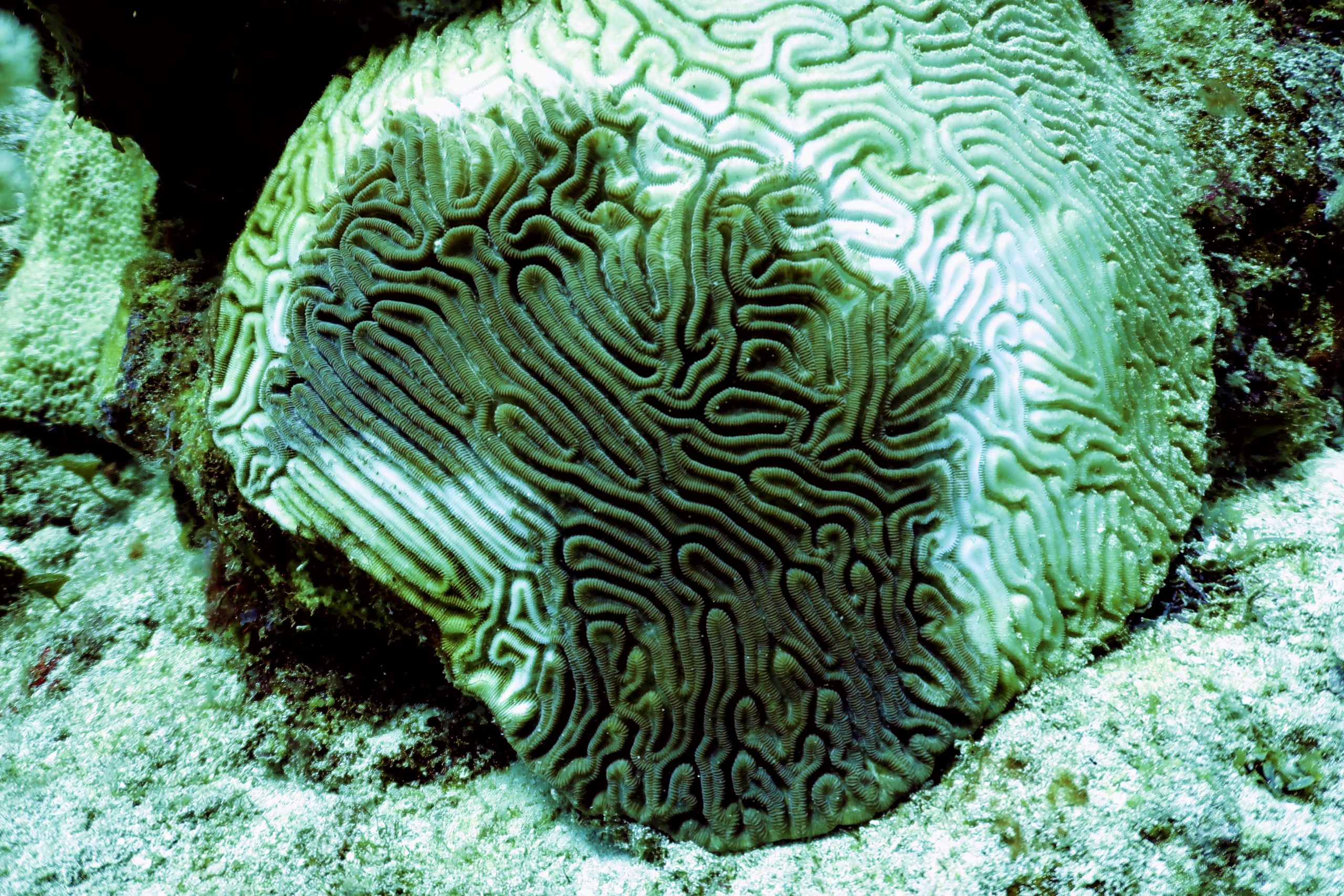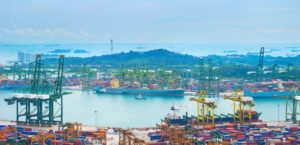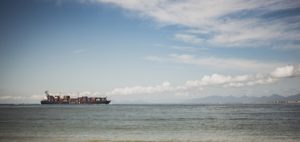Current ballast water management treatments and testing standards may need strengthening to stop Stony Coral Tissue Loss Disease (SCTLD) from spreading from the Caribbean to the Pacific, researchers have warned.
Previous research has indicated that shipping, via the intake and discharge of ballast water, could have contributed to the wide spread of SCTLD since it was first observed in Miami in 2014. The disease has reached Caribbean countries including Jamaica, Mexico, St. Maarten, U.S. Virgin Islands, Dominican Republic, and Belize, indicating a far wider range than purely natural dispersion would allow.
The latest research by a wide range of US institutions tested the effectiveness of one of the most common forms of ballast water treatment, UV radiation, in stopping transmission of the disease. It found that treatment had little impact on transmission by disease-exposed water, regardless of holding time after treatment.
“Ballast water may indeed pose a threat to the continued spread and persistence of SCTLD,” the authors noted, “warranting further investigation of additional ballast water treatments and pathogen detection methods.”
According to the UN Environment Programme, SCTLD can cause the death of a coral colony within months. Its spread across the Caribbean threatens more than 60 species of corals found in the region, numerous species of fish and a reef tourism industry valued at more than US$7 billion. If it can be transmitted by treated ballast water, the risk of spread beyond the Caribbean is amplified by the high volume of vessels using the Panama Canal.
The study notes that increasing shipping traffic and ballast water transfers on both sides of the canal have been predicted to lead to rising occurrence of species introductions, including potential pathogens. Given the broad susceptibility of Caribbean coral species to SCTLD, Indo-Pacific corals could also be susceptible.
“Ballast water may represent the primary means for this disease to spread across ocean basins,” the study reported.
The study did not test BWM treatments other than UV, but suggested that other methods, alone or in combination, could be more effective in halting SCTLD transport through water. The US Coast Guard has previously released a bulletin reinforcing existing guidelines related to ballast water exchanges that may reduce the potential for shipborne disease spread.
In a further finding that could send regulators back to the drawing board, the research noted a ‘disconnect’ between established ballast water metrics and the risk of disease transmission. The researchers proposed the development of more appropriate ballast water standards that include potential coral pathogens to tackle the emerging coral threat.
After a gruelling 14-year process to bring the IMO’s Ballast Water Management Convention into force, the SCTLD threat is a reminder that as new invasive species and biohazards emerge, the systems ship operators must install to prevent their transmission – and the way they are regulated – will have to continue to evolve.
The report, which remains subject to peer review, can be viewed here.







































